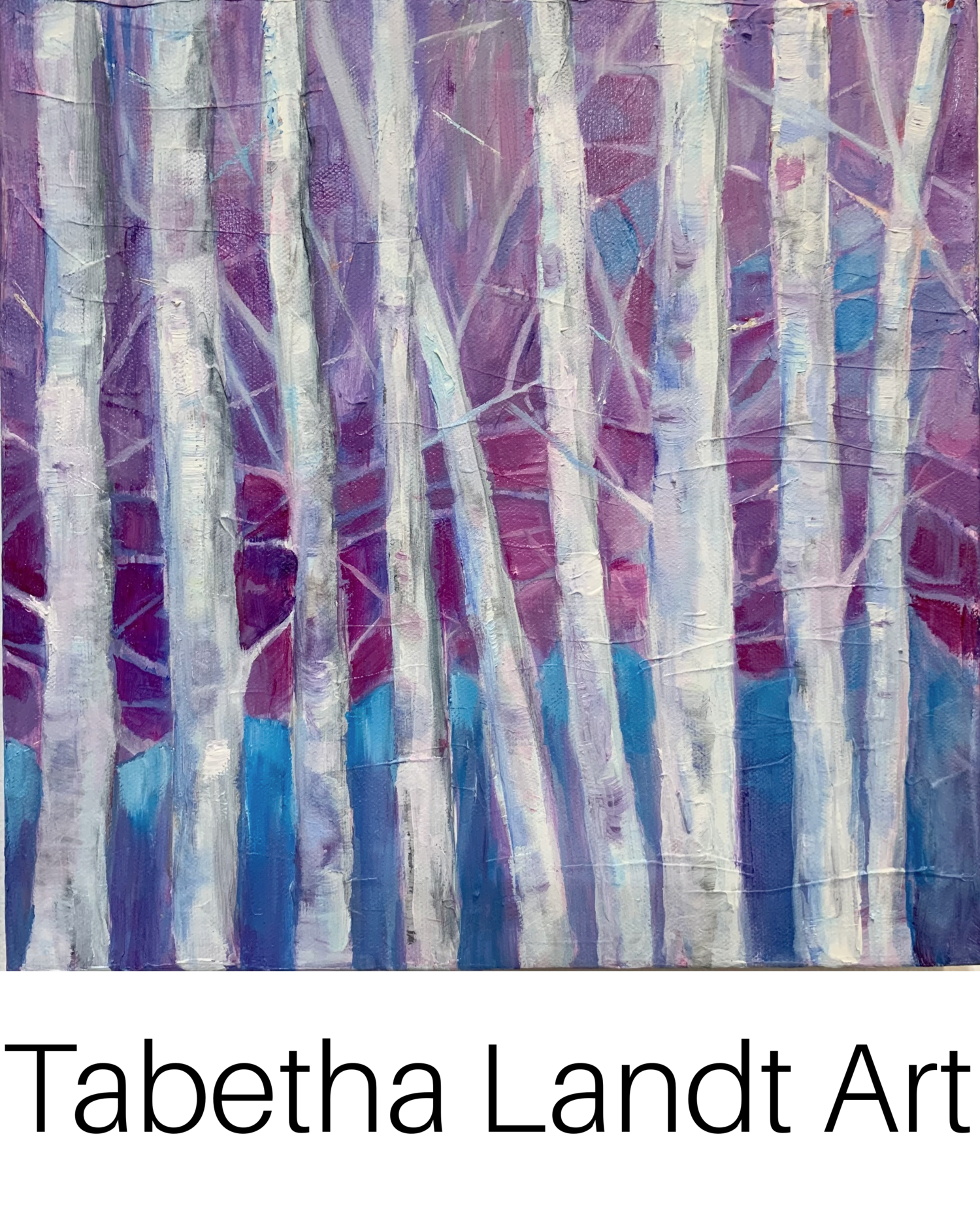How to Finish a Painting Part 1: The Viewing Room
If you think that a painting might be finished, I invite you to "viewing room" it. The viewing room is a place/technique that started in my studio on Santa Fe Drive years ago. Back then I would have big classes with music playing. Towards the end of a class my studio could be a loud and chaotic environment.
Here is a painting that is nearly done. It's in my studio, with all kinds of stuff around it. Do you see how hard it could be to see the painting as a whole with all of the things around it? It really needs some breathing room.
Once I was trying to help a student finish their painting, and I had the brilliant thought (as it turns out) to bring them outside of my studio to the common area of the building. I took one of my paintings off of the wall, and put their painting in its place. We then sat about eight feet back, and took in the painting as a whole.
Getting the painting out of my studio meant that we were able to see it in different light, in a different setting, and from a distance. All of this gave a fresh perspective, and the viewing room was born!
(Another reason to view your painting from a distance is that when you're looking at it from a foot or two away, you tend to see all of the brushtrokes and "mistakes"... you can't see the forest for the trees. )
If you were around for those days, you probably remember how powerful it was to sit in the viewing room looking at your painting. You see the painting differently. We don't paint for our pictures to be viewed from one or two feet away. With the smaller canvases that most of us use, we should paint to be viewed at six to ten feet. Of course a very small canvas can pull you in closer, and a very big canvas needs a lot more distance.
Here is my painting in another environment. Notice how the space around the painting almost frames it. It allows you to see the whole painting, and for the eye to travel around the painting. Your painting may look different in the different light, and the wall color and items in the room can effect the way you see the painting. This is why it's a good idea to look at it in a few different "viewing rooms."
The first step to deciding if you painting is done is to get a different perspective:
Take it to another room in your house, or even outside. Ideally, you'll be able to put it on a wall, and sit down six to ten feet away and look at the whole of the painting, not the individual brush strokes, and bits that you may have struggled with.
Look at your painting and ask yourself what you like best about it. Is it the colors, the background, the lighting, the whole vibe? What about that painting is working for you?
Next, ask yourself if there is anything that is bothering you about it. Any area that needs a bit of attention? If nothing is bothering you, I say sign that puppy, and call it done!
If something is bothering you, change it up. This could mean changing one brush stroke, or a whole background color.
Chances are that if you follow the above directions, and really sit with your painting for awhile, you'll decide that it's done, or figure out how to finish it. In those viewing room sessions, I sometimes advised on what I'd do to finish the painting if it were mine. But most of the time something would click in the students head. A spark of inspiration, an idea... They would figure it out without my input.
Next week I'll talk about what to do if the magical viewing room (as my students used to call it) doesn't work for you.
Happy painting!
ps - Here's a few other ways to to get perspective:
Squint your eyes when you look at it.
Take a picture of your painting on your phone.
Hold your painting in front of a mirror.



